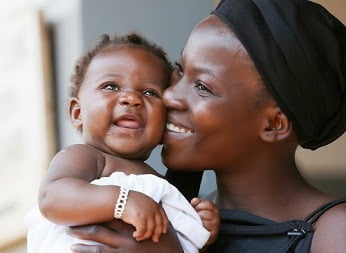There’s a terrible phenomenon in global health known as “death clustering.” That is when a majority of deaths come from a minority of sources. Recent research into child mortality in India and Nigeria reveals a shocking death clustering in which a majority of child deaths come from a small percentage of the most vulnerable women on those countries.
In Nigeria, 20% of mothers have 80% of child deaths.


In India, 13% of women have 60% of child deaths.


The women in this cluster have one main thing in common: they are from the poorest, most vulnerable and marginalized populations of India and Nigeria. The way out of this cluster is fairly straightforward: education. “Educating women saves children’s lives,” says Leith Greenslade of the MDG Alliance. She points to a direct correlation between women’s education levels and the likelihood of their children not making it to their fifth birthday.
In 1970 there were 16 million child deaths worldwide. In 2010, there were 8 million. Greenslade says that about half of that 50% reduction in child deaths over the past 40 years can be attributed to increases in young women’s education level.
There are plenty of reasons why educating young women is a solid investment for the international community–the so called “Girl Effect” shows how investing in young girls can have wide ranging, community-wide benefits. But ending the death clustering effect should surely rank high among the reasons why the international community should get behind women and girls education in a big way.
